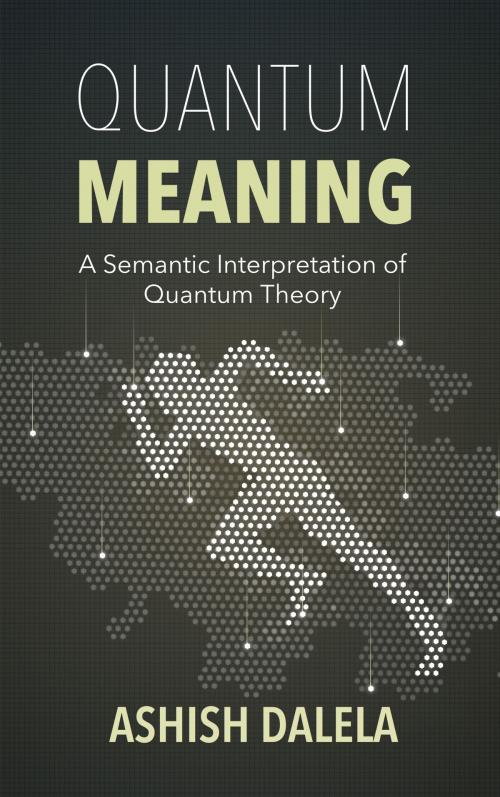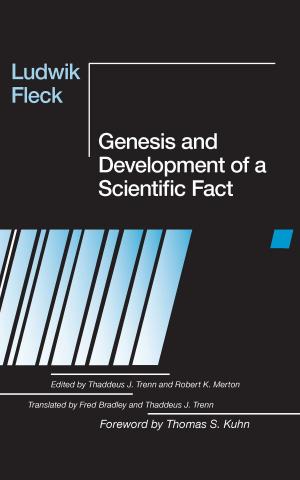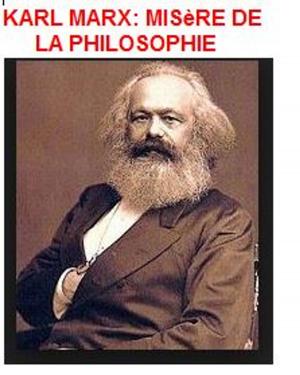Quantum Meaning
A Semantic Interpretation of Quantum Theory
Nonfiction, Science & Nature, Science, Physics, Quantum Theory, Other Sciences, Philosophy & Social Aspects| Author: | Ashish Dalela | ISBN: | 9788193052396 |
| Publisher: | Shabda Press | Publication: | November 16, 2014 |
| Imprint: | Language: | English |
| Author: | Ashish Dalela |
| ISBN: | 9788193052396 |
| Publisher: | Shabda Press |
| Publication: | November 16, 2014 |
| Imprint: | |
| Language: | English |
The problems of indeterminism, uncertainty and statistics in quantum theory are legend and have spawned a wide-variety of interpretations, none too satisfactory.The key issue of discontent is the conflict between the microscopic and the macroscopic worlds: How does a classically certain world emerge from a world of uncertainty and probability? To attempt to solve this riddle, we must first understand the nature of atoms.
WHAT IF ATOMS ARE NOT THINGS BUT IDEAS?
In the Semantic Interpretation of Quantum Theory atomic objects are treated as symbols of meaning. The book shows that if atoms are symbols, then describing them as meaningless objects would naturally lead to problems of uncertainty, indeterminism, non-locality and probability.
For example, if we analyze a book in terms of physical properties, we can measure the frequencies of symbols but not their meanings. Current quantum theory measures symbol probabilities rather than meanings associated with symbol order. Unless quantum objects are treated as symbols, the succession or order amongst these objects will remain unpredictable.
IS QUANTUM THEORY A FINAL THEORY OF REALITY?
Quantum Meaning argues that the current quantum theory is not a final theory of reality. Rather, the theory can be replaced by a better one, in which objects are treated as symbols, rendering it free of indeterminism and probability. The Semantic Interpretation makes it possible to formulate new laws of nature. These laws will predict the order amongst symbols, similar to the notes in a musical composition or the words in a book.
HOW THIS BOOK IS STRUCTURED
Chapter 1: Quantum Information—discusses the quantum physics - classical physics conflict and connects it to the historical divide between primary and secondary properties. The consequences of introducing semantic information into physics are described.
Chapter 2: The Quantum Problem—surveys the “quantum weirdness” including issue such as discreteness, uncertainty, probability, wave-particle duality, non-locality and irreversibility.
Chapter 3: Developing the Intuitions—an informational view of nature is motivated by analyzing the problems that arise when symbols are treated as classical objects. The connection between problems of meaning and Godel’s Incompleteness and Turing’s Halting Problem are discussed and certain foundational notions such as semantic space and quantum spacelets are introduced.
Chapter 4: The Semantic Interpretation—interprets standard constructs in the quantum physics formalism such as statistics, uncertainty, Schrodinger’s equation, non-locality and complementarity. The chapter shows how these constructs cease to be problematic when quanta are treated as symbols.
Chapter 5: Advanced Quantum Topics—extends the ideas in the previous chapter to interpret quasi-particles, antiparticles, spin, the weak force, decoherence and the constant speed of light. The chapter discusses a semantic path to Quantum Gravity.
Chapter 6: Comparing Interpretations—compares the Semantic Interpretation with some well-known interpretations of quantum theory such as the Copenhagen Interpretation, the Ensemble Interpretation, the Many Worlds Interpretation, the Von Neumann/Wigner Interpretation, the Relational Interpretation, and the Objective Collapse Interpretation.
The book concludes by arguing that the quantum wavefunction—which is currently treated physically—can also be treated semantically. Much like a word can be understood as a sound vibration, but also has meaning, the quanta can also be treated as phonemes that symbolize meanings.
The problems of indeterminism, uncertainty and statistics in quantum theory are legend and have spawned a wide-variety of interpretations, none too satisfactory.The key issue of discontent is the conflict between the microscopic and the macroscopic worlds: How does a classically certain world emerge from a world of uncertainty and probability? To attempt to solve this riddle, we must first understand the nature of atoms.
WHAT IF ATOMS ARE NOT THINGS BUT IDEAS?
In the Semantic Interpretation of Quantum Theory atomic objects are treated as symbols of meaning. The book shows that if atoms are symbols, then describing them as meaningless objects would naturally lead to problems of uncertainty, indeterminism, non-locality and probability.
For example, if we analyze a book in terms of physical properties, we can measure the frequencies of symbols but not their meanings. Current quantum theory measures symbol probabilities rather than meanings associated with symbol order. Unless quantum objects are treated as symbols, the succession or order amongst these objects will remain unpredictable.
IS QUANTUM THEORY A FINAL THEORY OF REALITY?
Quantum Meaning argues that the current quantum theory is not a final theory of reality. Rather, the theory can be replaced by a better one, in which objects are treated as symbols, rendering it free of indeterminism and probability. The Semantic Interpretation makes it possible to formulate new laws of nature. These laws will predict the order amongst symbols, similar to the notes in a musical composition or the words in a book.
HOW THIS BOOK IS STRUCTURED
Chapter 1: Quantum Information—discusses the quantum physics - classical physics conflict and connects it to the historical divide between primary and secondary properties. The consequences of introducing semantic information into physics are described.
Chapter 2: The Quantum Problem—surveys the “quantum weirdness” including issue such as discreteness, uncertainty, probability, wave-particle duality, non-locality and irreversibility.
Chapter 3: Developing the Intuitions—an informational view of nature is motivated by analyzing the problems that arise when symbols are treated as classical objects. The connection between problems of meaning and Godel’s Incompleteness and Turing’s Halting Problem are discussed and certain foundational notions such as semantic space and quantum spacelets are introduced.
Chapter 4: The Semantic Interpretation—interprets standard constructs in the quantum physics formalism such as statistics, uncertainty, Schrodinger’s equation, non-locality and complementarity. The chapter shows how these constructs cease to be problematic when quanta are treated as symbols.
Chapter 5: Advanced Quantum Topics—extends the ideas in the previous chapter to interpret quasi-particles, antiparticles, spin, the weak force, decoherence and the constant speed of light. The chapter discusses a semantic path to Quantum Gravity.
Chapter 6: Comparing Interpretations—compares the Semantic Interpretation with some well-known interpretations of quantum theory such as the Copenhagen Interpretation, the Ensemble Interpretation, the Many Worlds Interpretation, the Von Neumann/Wigner Interpretation, the Relational Interpretation, and the Objective Collapse Interpretation.
The book concludes by arguing that the quantum wavefunction—which is currently treated physically—can also be treated semantically. Much like a word can be understood as a sound vibration, but also has meaning, the quanta can also be treated as phonemes that symbolize meanings.















